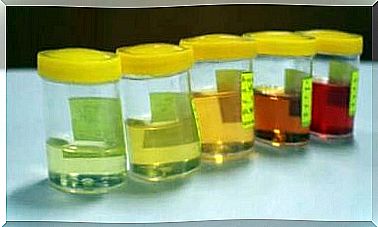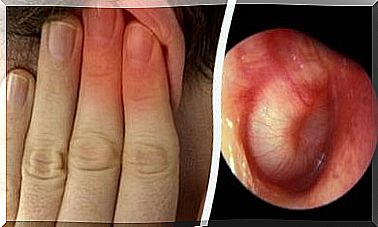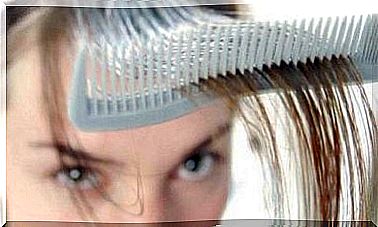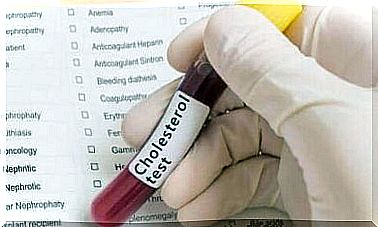The 9 Most Common Allergies In Children
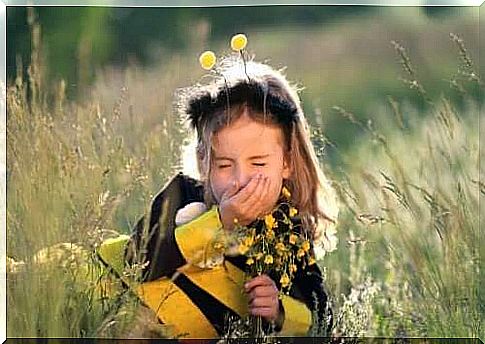
Allergies occur when the immune system over-defends the body. Usually they attack something that is not harmful. Allergies are common in childhood. A list of the 9 most common allergies in children worldwide has therefore been drawn up.
A modern ailment
The elements or substances that cause allergic reactions are called allergens. Normally there is no reason for the immune system to react that way. Once that hypersensitivity reaction has occurred, it will happen again every time the person comes into contact with the allergen.
Allergies usually develop in childhood. Children with parents or siblings who have allergies are most likely to develop allergies themselves. However, they may not respond in the same way. In addition, they may not respond to the same allergens.
Interestingly, our parents and grandparents were much less allergic than our children. In fact, the most common allergies are the result of modern living. Due to lifestyle, unhealthy food and increasing pollution, more and more people suffer from allergies.
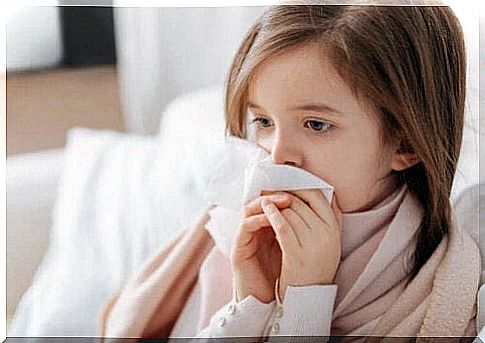
According to the U.S. Center for Disease Control (CDC) , the percentage of children with food allergies has increased by 50% in the past 20 years alone.
Why is this the case? Believe it or not, the reasons are obvious. The use of chemicals at home for personal hygiene has increased the prevalence of allergies. In addition, children come into contact with dirt less. As a result, the immune system does not learn properly what is and is not harmful to the body.
In addition, the previous generations ate more fresh food. Today, our food products are often produced and processed with chemical ingredients. So the current generations are eating more food that has been treated with pesticides and fertilizers.
Respiratory allergies have also been made worse by environmental pollution. Climate change has altered the pollen bloom cycle of plants, causing more children to suffer from hay fever.
The most common allergies in children
The list of the most common allergies in children worldwide is based on the allergen that causes the reaction. Whether children or adults, those who suffer from allergies come into contact with allergens through food, breathing or skin.
1. House mite
House mites are one of the most common allergens. In fact, these microscopic insects live all around us. They accumulate in mattresses, pillows, carpets and stuffed animals. They feed on dead skin cells.
- Cleaning these items regularly and thoroughly is essential to prevent them from spreading.
- Also ventilate the area regularly to reduce dust build-up and reduce mites.
2. Pollen or pollen
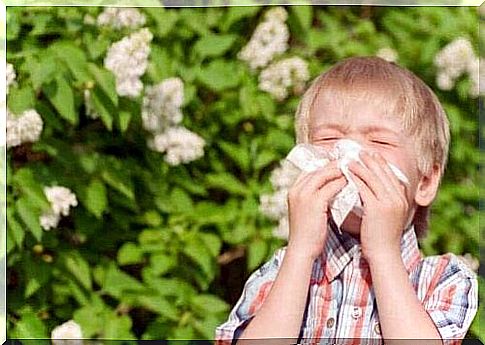
Pollen is another major allergen. These allergies are seasonal, as every tree, shrub, and even grass releases pollen particles that fly through the air to help fertilize and spread the species.
You can be allergic to several types of pollen, although grass pollen is one of the most common and irritating allergens. Plants belonging to the grasses are widely cultivated crops such as wheat, oats and barley.
Because they are very strong plants, they can grow in all kinds of environments. However, they are more common in more rural areas. However, because they move in the air, pollen can be everywhere, even in the house.
Nowadays you can look up the amount of pollen in the air from different plants from different sources. You can find them on your city’s web pages or on weather sites.
3. Mold
Mold is another common allergen in and around children’s areas. It is a type of fungus that grows in warm and humid environments.
This fungus gives off a characteristic odor. The spores these fungi produce also trigger reactions from the immune system of someone who is allergic.
4. Pets
Unfortunately, our beloved pets are known triggers of many allergies. Fur, skin particles, dandruff, saliva and even animal urine can cause allergic reactions in children.
5. Cockroaches
The presence of cockroaches can release powerful airborne allergens, especially in cities. Exposure to these creatures in buildings where there are many cockroaches can even be the source of asthma.
Usually chemical insecticides are used to combat these beasts. However, these agents can exacerbate the allergic reaction and they don’t do much to control the insects.
6. Food
Some of the main foods to mention among the most common allergies in children are:
- cow’s milk
- Eggs
- Fish, crustaceans and shellfish
- Nuts, such as peanuts, hazelnuts, walnuts, almonds and cashews
- soy
There is also often confusion about wheat and gluten. There are people who actually have a wheat allergy. A much larger group has celiac disease. These people are not allergic to gluten in wheat, but intolerant. This causes intestinal damage due to problems with digesting gluten from wheat, rye and spelt, among other things.
7. Insect Bites
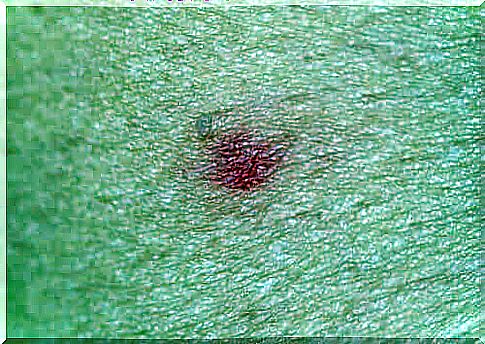
Insect bites cause swelling, itching and redness in many children. You can reduce these symptoms with natural means. Allergies to insect venom can cause severe reactions. If medical intervention is not taken in time, they can even endanger the lives of children.
8. Medicines
Both over-the-counter drugs from the drugstore or pharmacy and prescription drugs can cause allergic reactions. Antibiotics are also part of this group. That is why it is important not to take any medication without consulting your doctor.
It’s a good idea to have some sort of identification with you if you are allergic to a particular drug. There are bracelets and necklaces for people who are allergic to penicillin, atropine or adrenaline, especially because of the risk in emergency situations.
9. Chemicals
Chemical products are also one of the most common allergies in children. Think, for example, of detergents, cosmetic products and cleaning products that we use at home.
The chemical components in these products can be allergenic and are responsible for the development of skin complaints such as eczema and itching. They can also irritate the respiratory tract and cause stuffiness.
In the most extreme cases, anaphylaxis can occur. This is the body’s quick and intense defense when it detects an allergen. As with a severe allergy to insect bites, this reaction can be fatal if not treated medically.
Symptoms of the most common allergies in children
The symptoms depend on how sensitive a child is to an allergen and how many allergens he or she has come into contact with. Some allergies are more serious than others.
If your child has any of the symptoms below, it’s best to see your doctor. You may need to have several tests to determine what allergies your child has and to what extent.
Symptoms of Respiratory Allergies
- To sneeze
- Cough
- Itchy nose or throat
- Stuffy nose or rhinitis
- Redness and itchy eyes
- Asthma, wheezing and breathing difficulties
Symptoms of Food Allergies and Insect Bites
- Itchy mouth or throat when swallowing food
- Urticaria (hives)
- A rash that resembles eczema
- Itchy nose and throat
- shortness of breath
- Swelling around the face or throat
- In the most severe cases, children can go into shock
Final Considerations on the Most Common Childhood Allergies
Many children will overcome their allergies early. However, others will have this allergy for the rest of their lives. It is crucial that parents teach their children to identify the allergens that affect them and to avoid contact with these allergens as much as possible.
It is very important to avoid self-medication. Always ask your doctor for advice. In addition, be careful with the use of chemicals in the house. Your children’s health will benefit.

